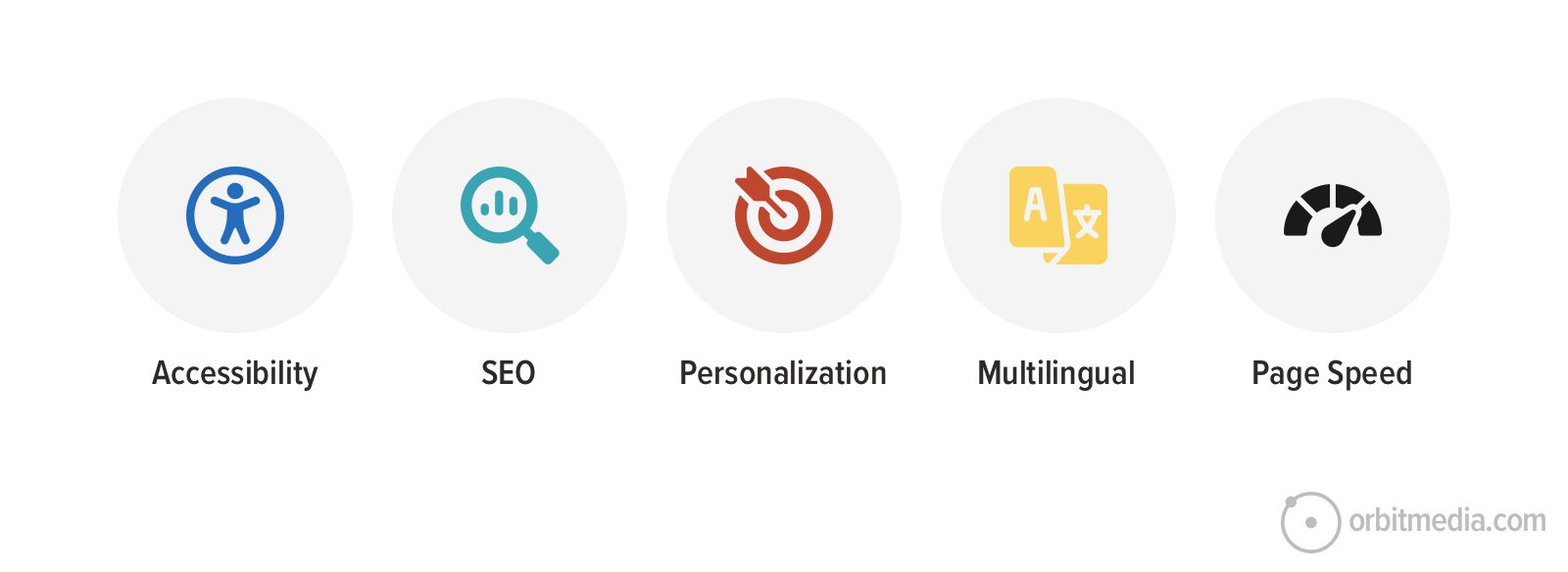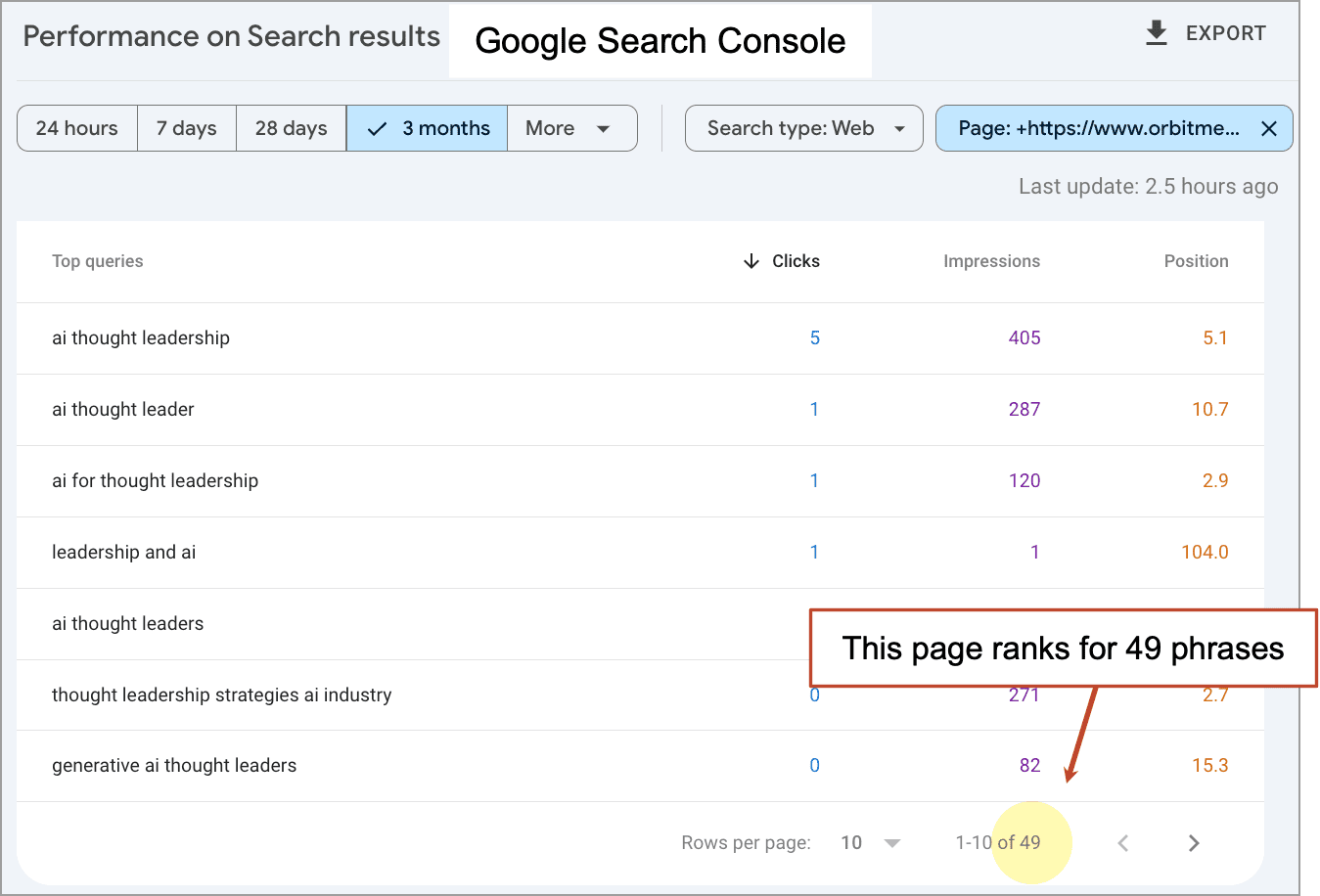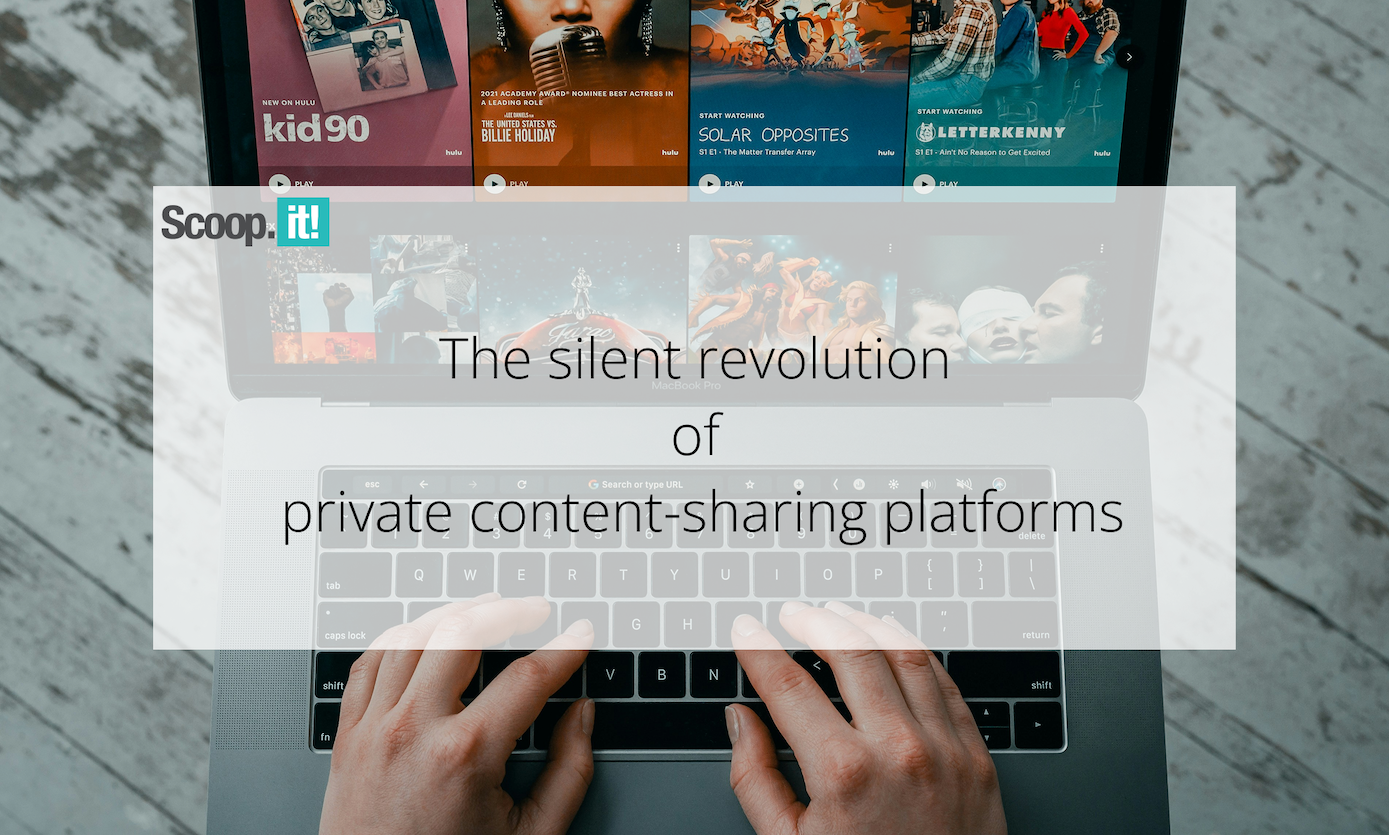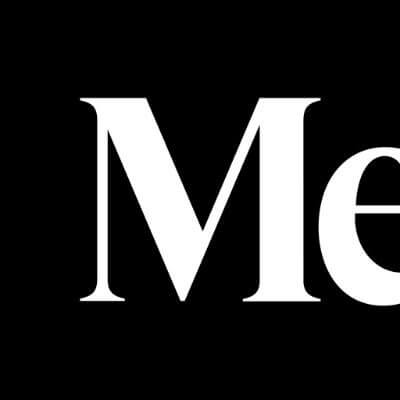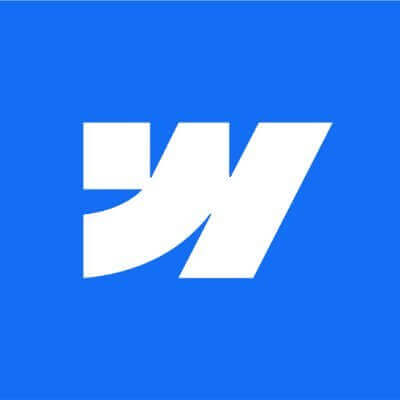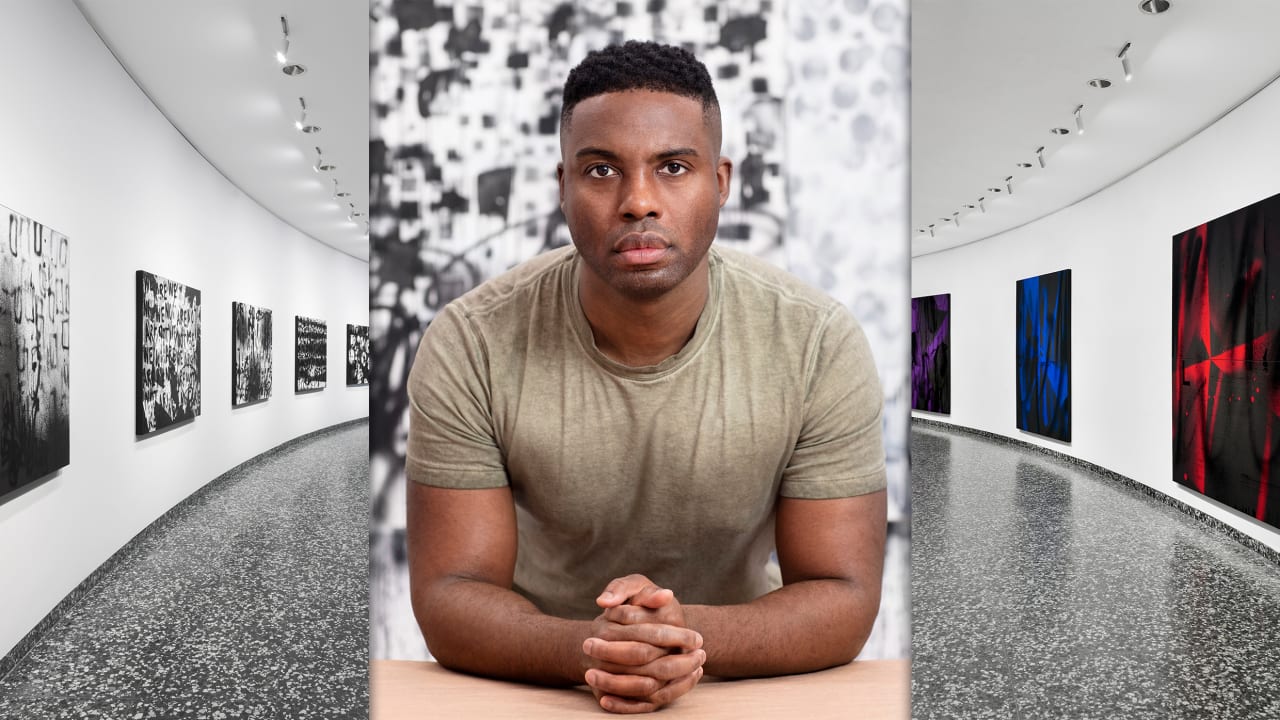Liverpool FC just won the Premier League title. Here’s how its brand wins off the field
As Liverpool FC stars Mo Salah, Trent Alexander-Arnold, and Virgil van Dijk celebrated winning the Premier League club’s 20th title on Sunday, you can bet that across the ocean thousands of American fans were ordering shirts with their names on the back. There are 24 million Liverpool fans in the U.S. Many of them are spread across 67 different club supporters groups in 35 states. Americans buy more Liverpool kits and merchandise than any other international market. Sales were up 14% last season, and that coincides with more than 30 million U.S. fans watching the club on TV, up 42%. More than half of Liverpool’s partners are headquartered in the U.S., including Nike, Coca-Cola, Expedia, and UPS. The club’s success and ability to grow its business across the pond is a snapshot of how its overall approach to the business of global soccer has been directly tied to its ability to win on the field. Back in 2010, Liverpool FC was struggling financially. It was a celebrated and historic sports icon, but bad business had put the club on the verge of collapse. Boston-based Fenway Sports Group bought the club for about $380 million. In May, Forbes estimated the club’s worth at roughly $5.7 billion. Ben Latty, Liverpool FC’s chief commercial officer, says it was about a decade ago that Liverpool really focused on specific areas of business growth. “The way that we operate commercially, and from a revenue standpoint, is very different to American sports,” says Latty, who joined the club in 2013. The Premier League controls the broadcast rights, so Liverpool put its emphasis on as many other areas as possible that it could control: licensing, partnerships, and retail. “There’s other models out there, yeah, pros and cons of those. But we believe that we’ve got the right model to control our own destiny,” Latty says. Here’s how it works. [Photo: Charlotte Wilson/Offside/Offside/Getty Images] In-house ownership In the NFL, most teams control their local broadcast rights. For retail, Fanatics designs, manufactures, and distributes the fan gear, and in many cases manages retail and ecommerce. Global football clubs operate much more independently from their leagues, so their ability to afford the best players—and therefore succeed on the field—is largely driven by how well they run as a business. Latty says for Liverpool, that means owning and operating many of the primary points of contact fans have with the club. All its merchandise design and even manufacturing, except for its game kit by Nike, is club owned. “We do everything ourselves,” says Latty. “That has pros and cons, but it allows us to control our own destiny—scale up when we need to and, though we haven’t had to yet, scale back when we need to. Our retail business is really important as it relates to engaging with our fan base around the world, making sure we have the right products for the right regions, and the customer service that they expect.” [Photo: Liverpool FC/Liverpool FC/Getty Images] Power in partnerships A key cog in the Liverpool FC global brand machine is its ability to attract and work with big-name corporate partners. In the past 18 months, the club has signed 10 major deals, including with Google Pixel, UPS, Japan Airlines, Peloton, and Husqvarna. And more than half of its major partners are U.S.-based companies, including Nike, Coca-Cola, and Expedia. Latty says it’s about balancing partners across different industries and product categories, and then working with them to create content that works best for them, the club, and its fans. “The key word is impact,” he says. “We’ve got to make sure that what we provide to them hits their objectives and becomes impactful. These are brands from every corner of the planet, and the impact is to a global audience through broadcast, digital, and social. . . . These partners are a really important piece for us to engage with our fan base in all of those global markets.” For example, as part of its partnership with Google Pixel, the club gave the smartphones to all its media and content staff to capture behind-the-scenes content—some scripted, some not so much. “There was this amazing moment last season, when during a goal celebration Virgil van Dijk . . . noticed someone from the media team behind the goal. He took the phone and filmed the celebration. It wasn’t planned at all,” Latty says. “You can say that’s luck, but you also make your own luck seeding the right people in the right places with the right technology.” A truly incredible angle of Darwin's winner and then celebrations shot by the skipper

As Liverpool FC stars Mo Salah, Trent Alexander-Arnold, and Virgil van Dijk celebrated winning the Premier League club’s 20th title on Sunday, you can bet that across the ocean thousands of American fans were ordering shirts with their names on the back.
There are 24 million Liverpool fans in the U.S. Many of them are spread across 67 different club supporters groups in 35 states. Americans buy more Liverpool kits and merchandise than any other international market. Sales were up 14% last season, and that coincides with more than 30 million U.S. fans watching the club on TV, up 42%. More than half of Liverpool’s partners are headquartered in the U.S., including Nike, Coca-Cola, Expedia, and UPS. The club’s success and ability to grow its business across the pond is a snapshot of how its overall approach to the business of global soccer has been directly tied to its ability to win on the field.
Back in 2010, Liverpool FC was struggling financially. It was a celebrated and historic sports icon, but bad business had put the club on the verge of collapse. Boston-based Fenway Sports Group bought the club for about $380 million. In May, Forbes estimated the club’s worth at roughly $5.7 billion.
Ben Latty, Liverpool FC’s chief commercial officer, says it was about a decade ago that Liverpool really focused on specific areas of business growth. “The way that we operate commercially, and from a revenue standpoint, is very different to American sports,” says Latty, who joined the club in 2013.
The Premier League controls the broadcast rights, so Liverpool put its emphasis on as many other areas as possible that it could control: licensing, partnerships, and retail. “There’s other models out there, yeah, pros and cons of those. But we believe that we’ve got the right model to control our own destiny,” Latty says.
Here’s how it works.
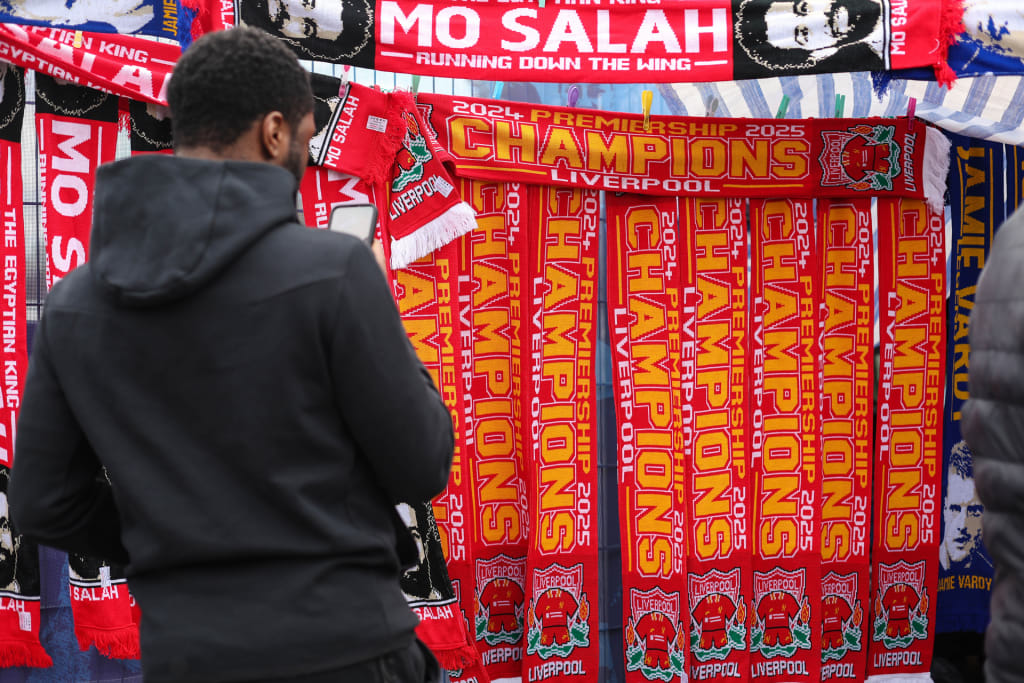
In-house ownership
In the NFL, most teams control their local broadcast rights. For retail, Fanatics designs, manufactures, and distributes the fan gear, and in many cases manages retail and ecommerce. Global football clubs operate much more independently from their leagues, so their ability to afford the best players—and therefore succeed on the field—is largely driven by how well they run as a business.
Latty says for Liverpool, that means owning and operating many of the primary points of contact fans have with the club. All its merchandise design and even manufacturing, except for its game kit by Nike, is club owned.
“We do everything ourselves,” says Latty. “That has pros and cons, but it allows us to control our own destiny—scale up when we need to and, though we haven’t had to yet, scale back when we need to. Our retail business is really important as it relates to engaging with our fan base around the world, making sure we have the right products for the right regions, and the customer service that they expect.”
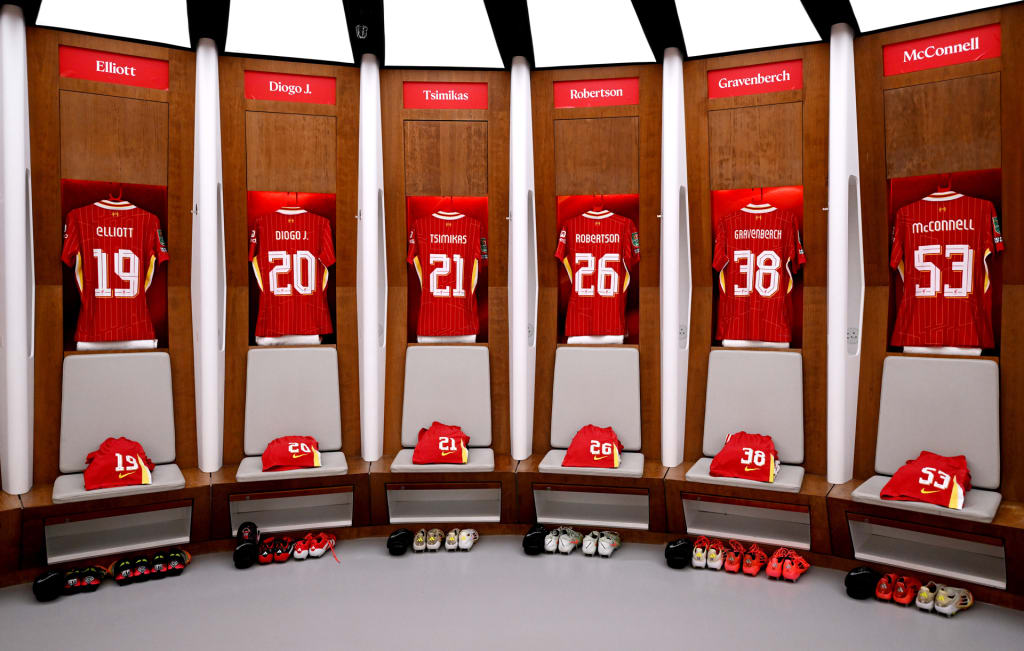
Power in partnerships
A key cog in the Liverpool FC global brand machine is its ability to attract and work with big-name corporate partners. In the past 18 months, the club has signed 10 major deals, including with Google Pixel, UPS, Japan Airlines, Peloton, and Husqvarna. And more than half of its major partners are U.S.-based companies, including Nike, Coca-Cola, and Expedia.
Latty says it’s about balancing partners across different industries and product categories, and then working with them to create content that works best for them, the club, and its fans.
“The key word is impact,” he says. “We’ve got to make sure that what we provide to them hits their objectives and becomes impactful. These are brands from every corner of the planet, and the impact is to a global audience through broadcast, digital, and social. . . . These partners are a really important piece for us to engage with our fan base in all of those global markets.”
For example, as part of its partnership with Google Pixel, the club gave the smartphones to all its media and content staff to capture behind-the-scenes content—some scripted, some not so much.
“There was this amazing moment last season, when during a goal celebration Virgil van Dijk . . . noticed someone from the media team behind the goal. He took the phone and filmed the celebration. It wasn’t planned at all,” Latty says. “You can say that’s luck, but you also make your own luck seeding the right people in the right places with the right technology.”












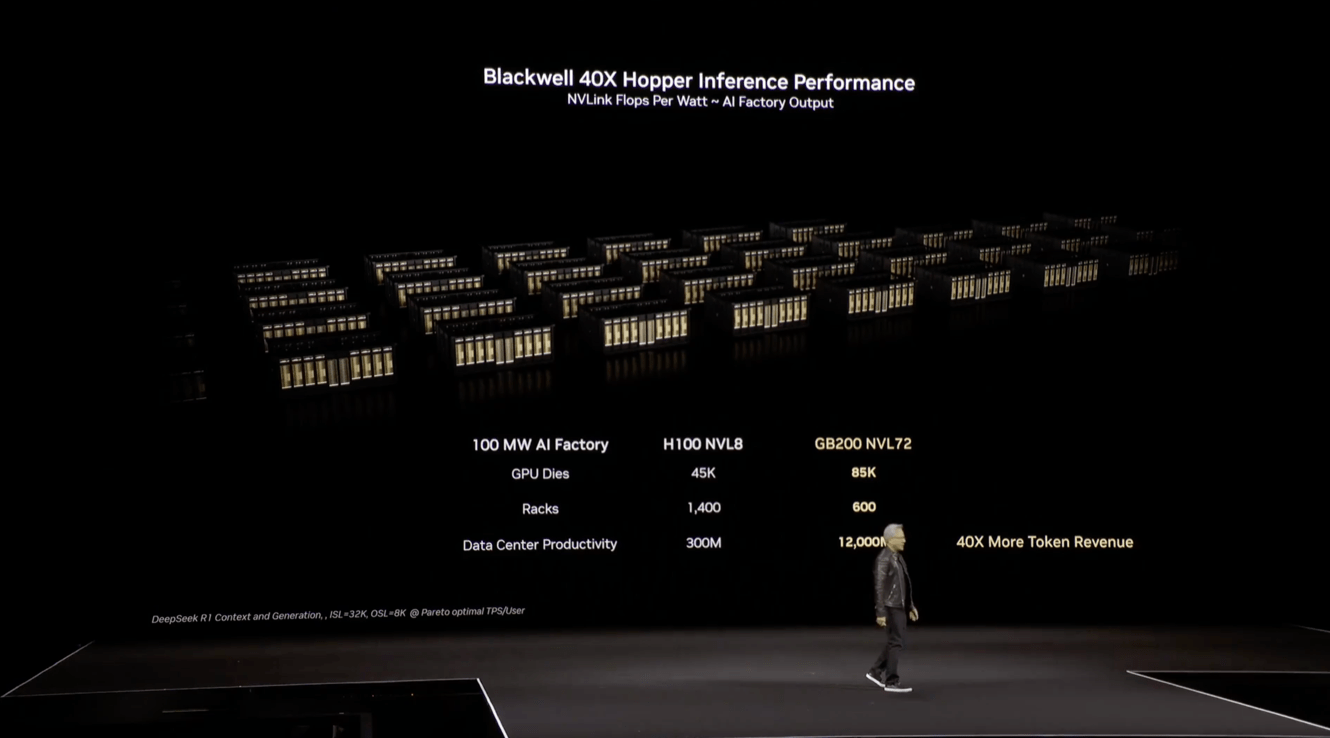









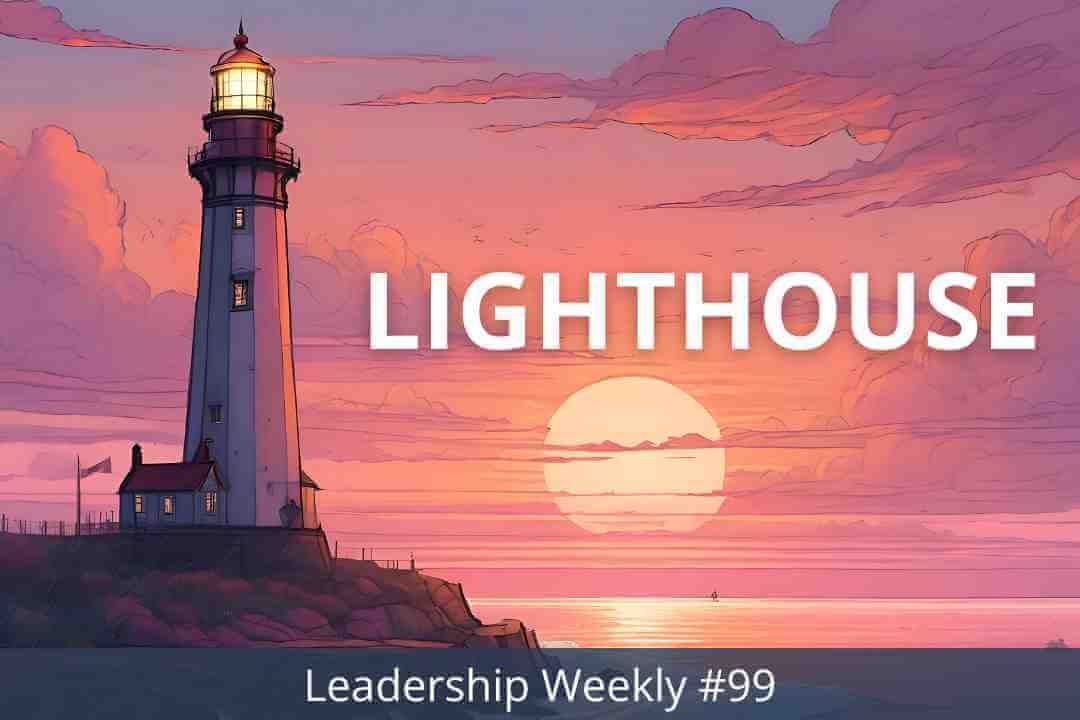
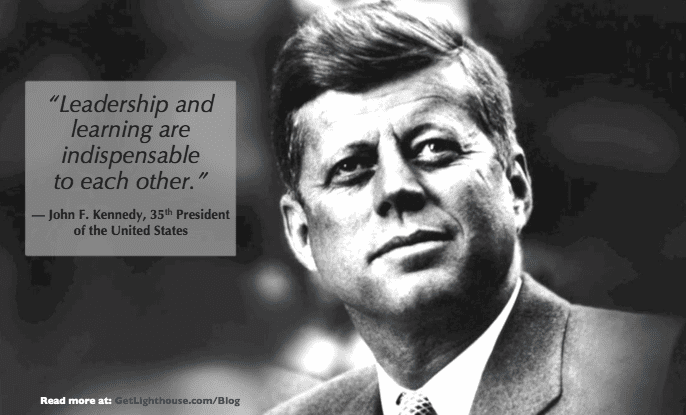








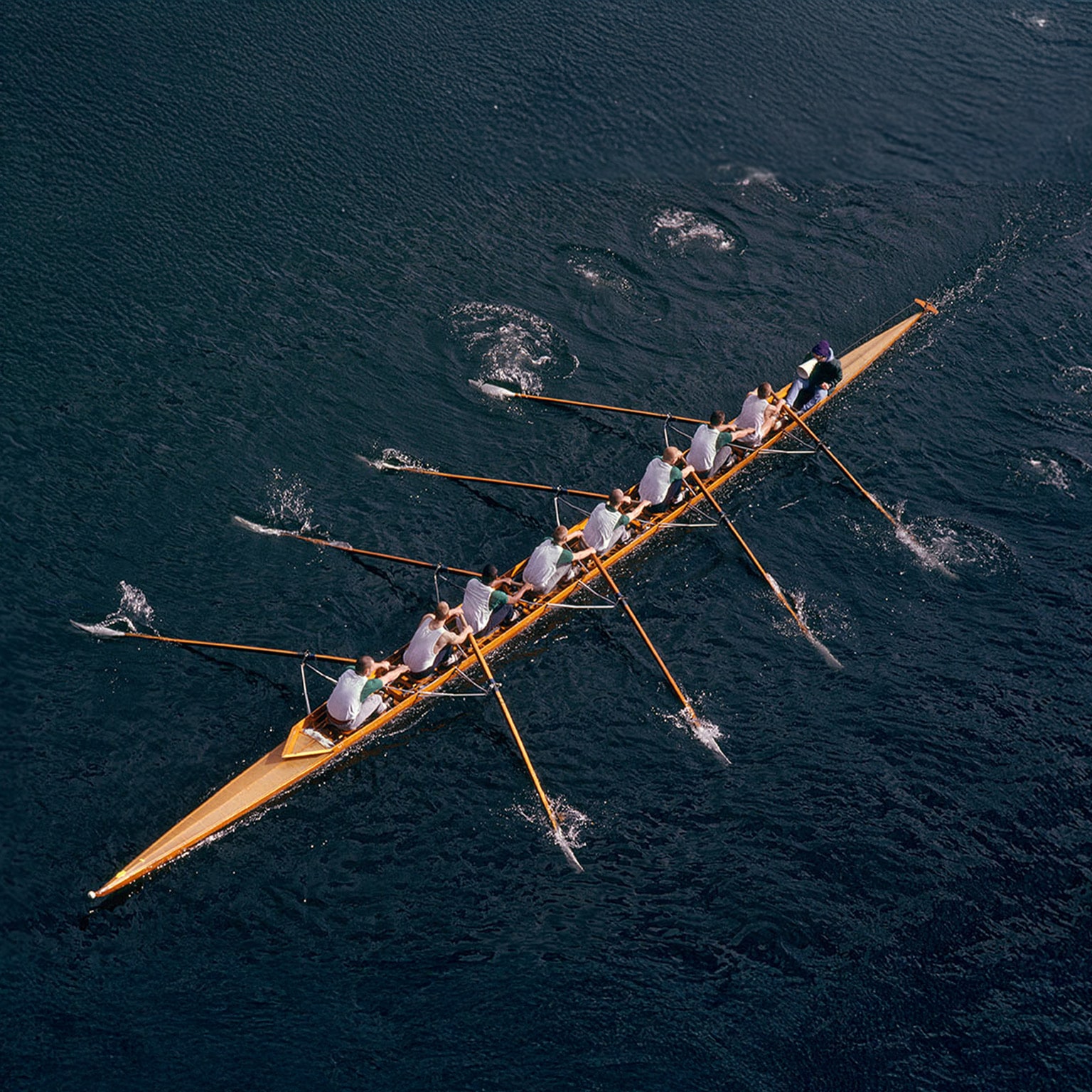

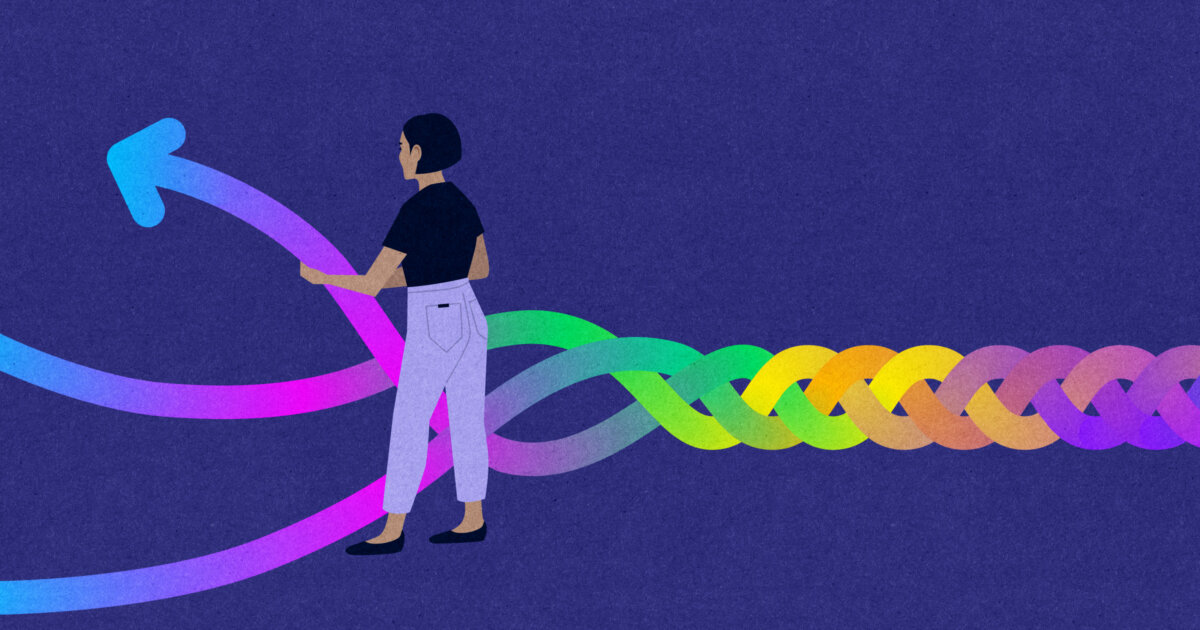
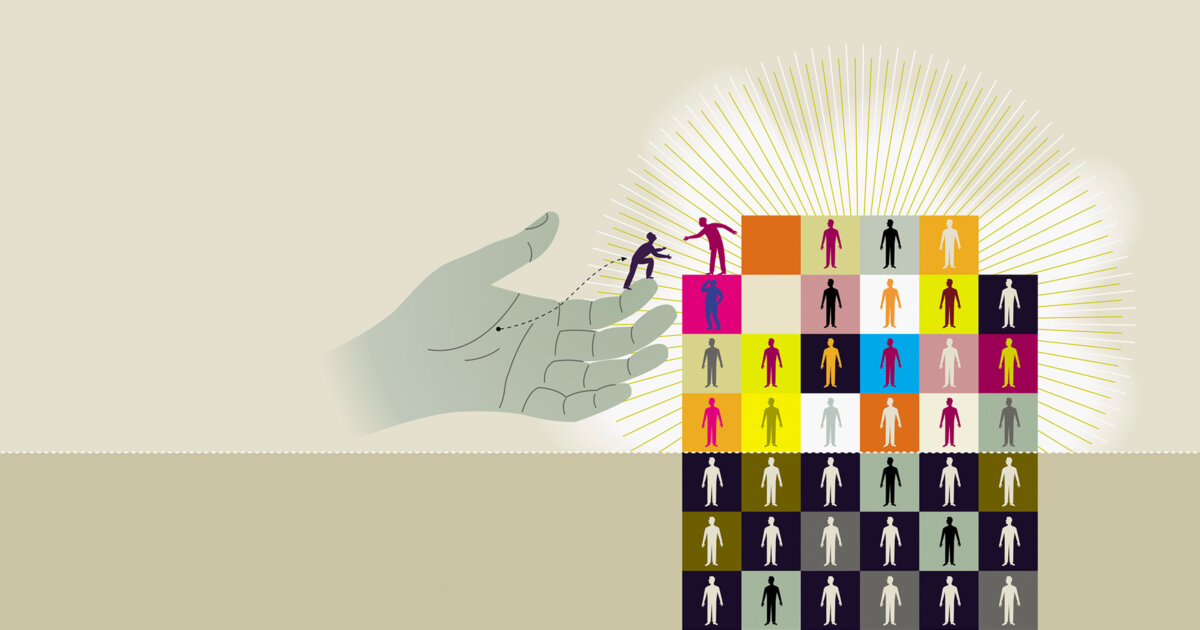
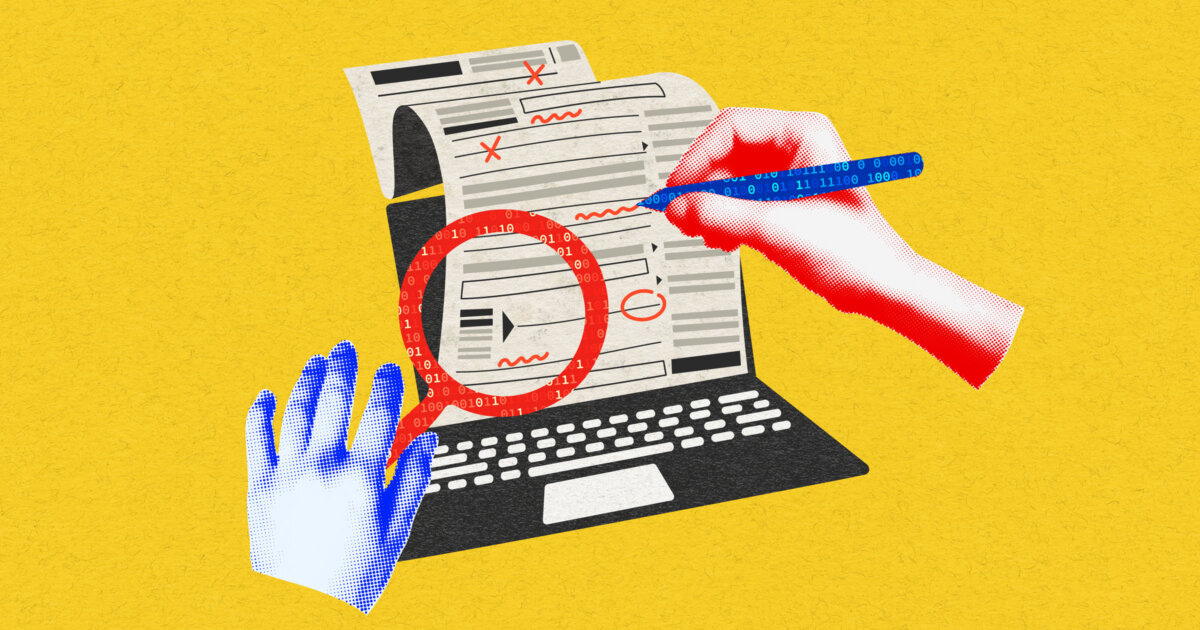

















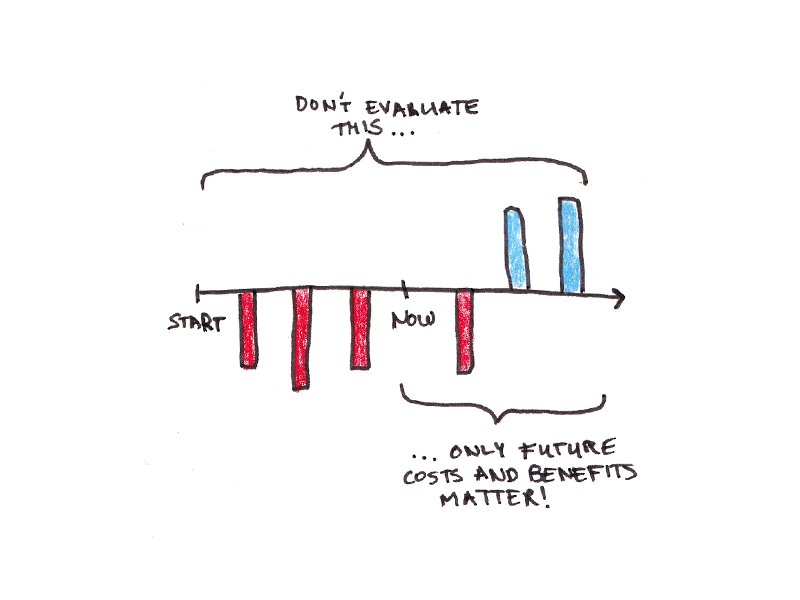
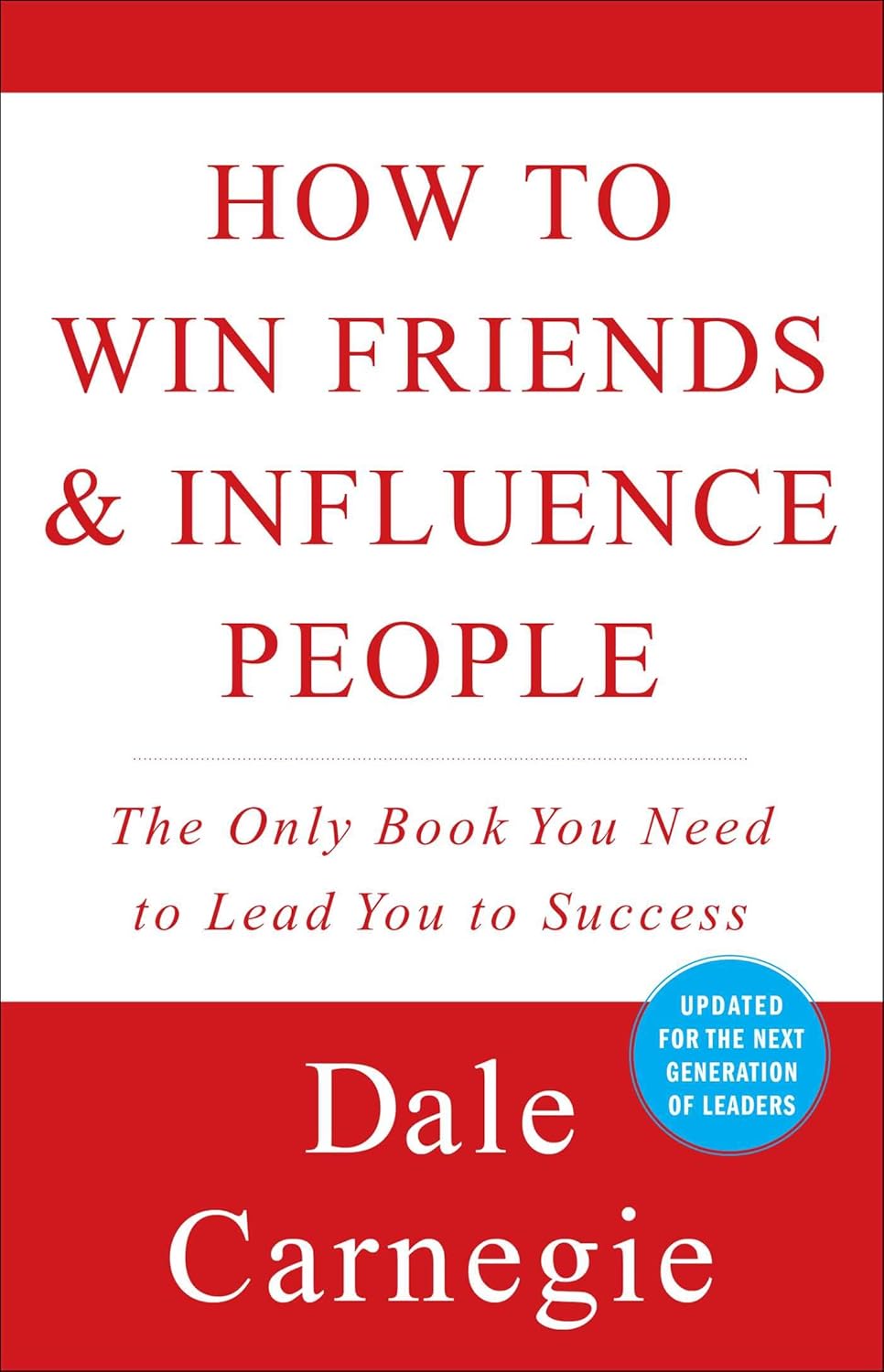
















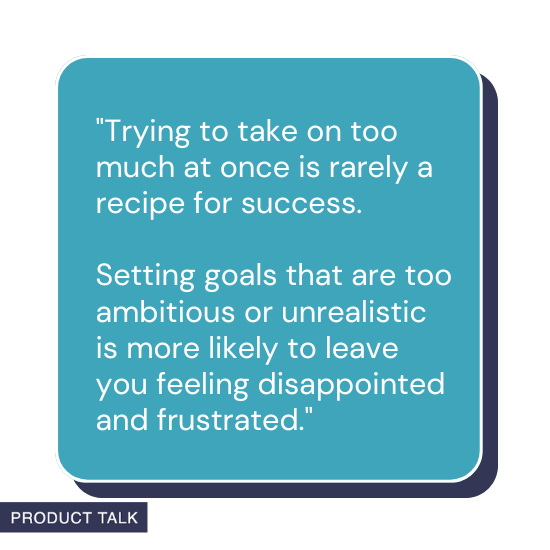

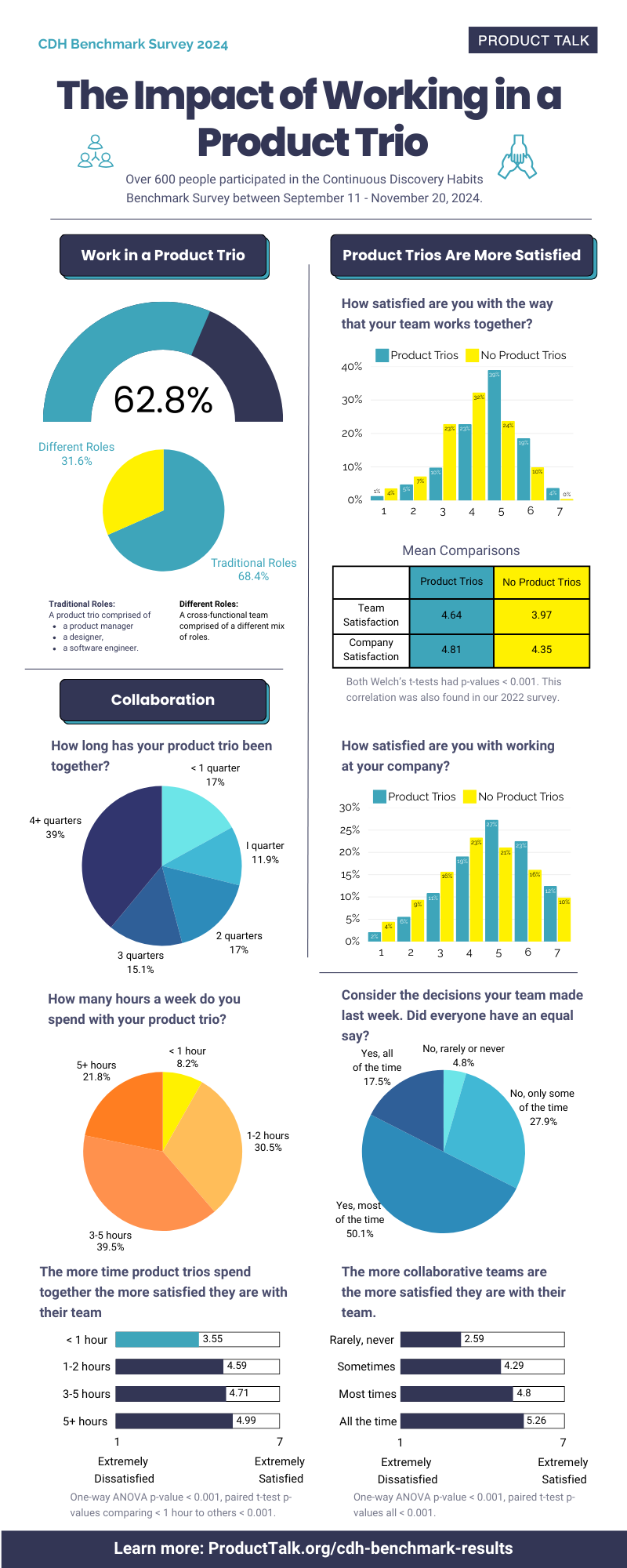


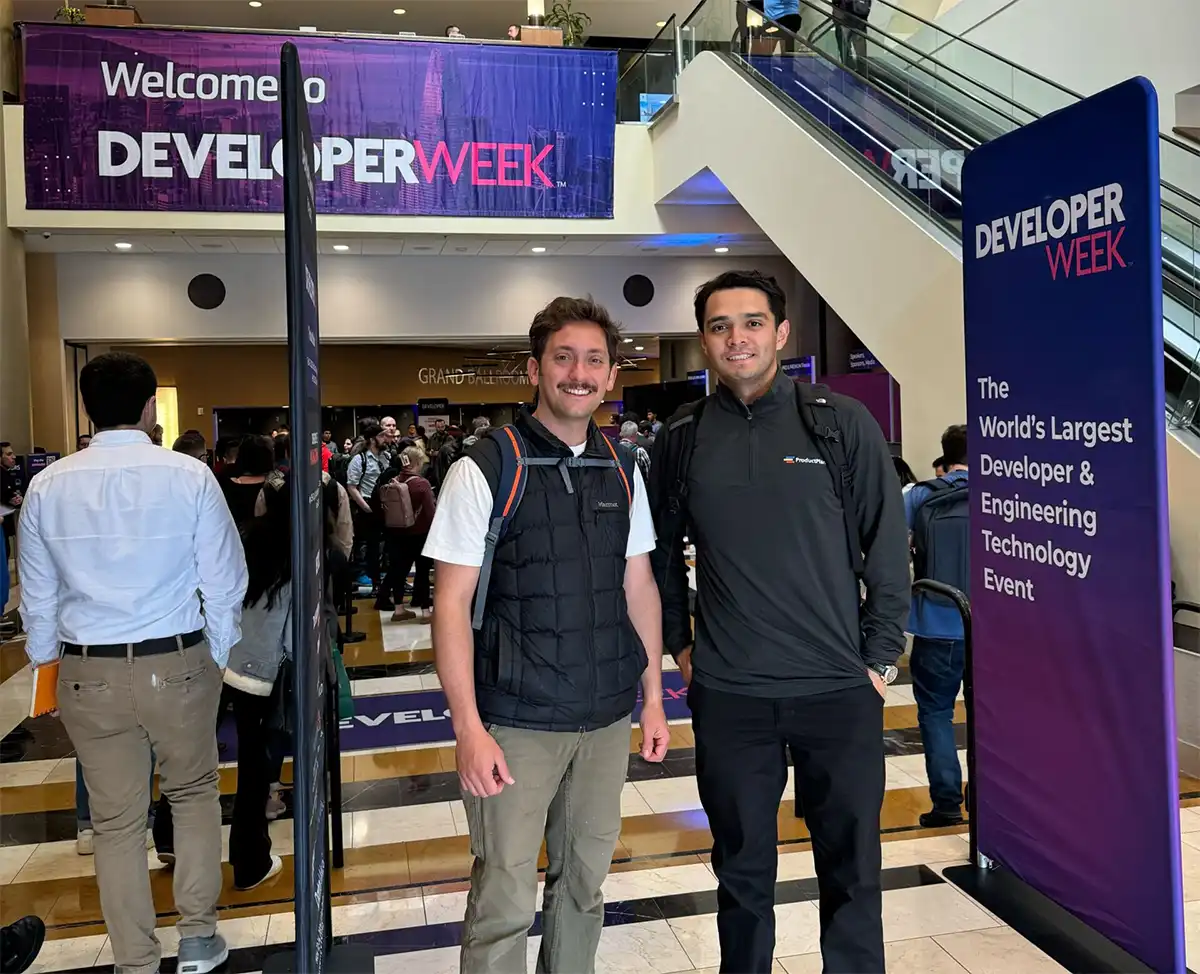









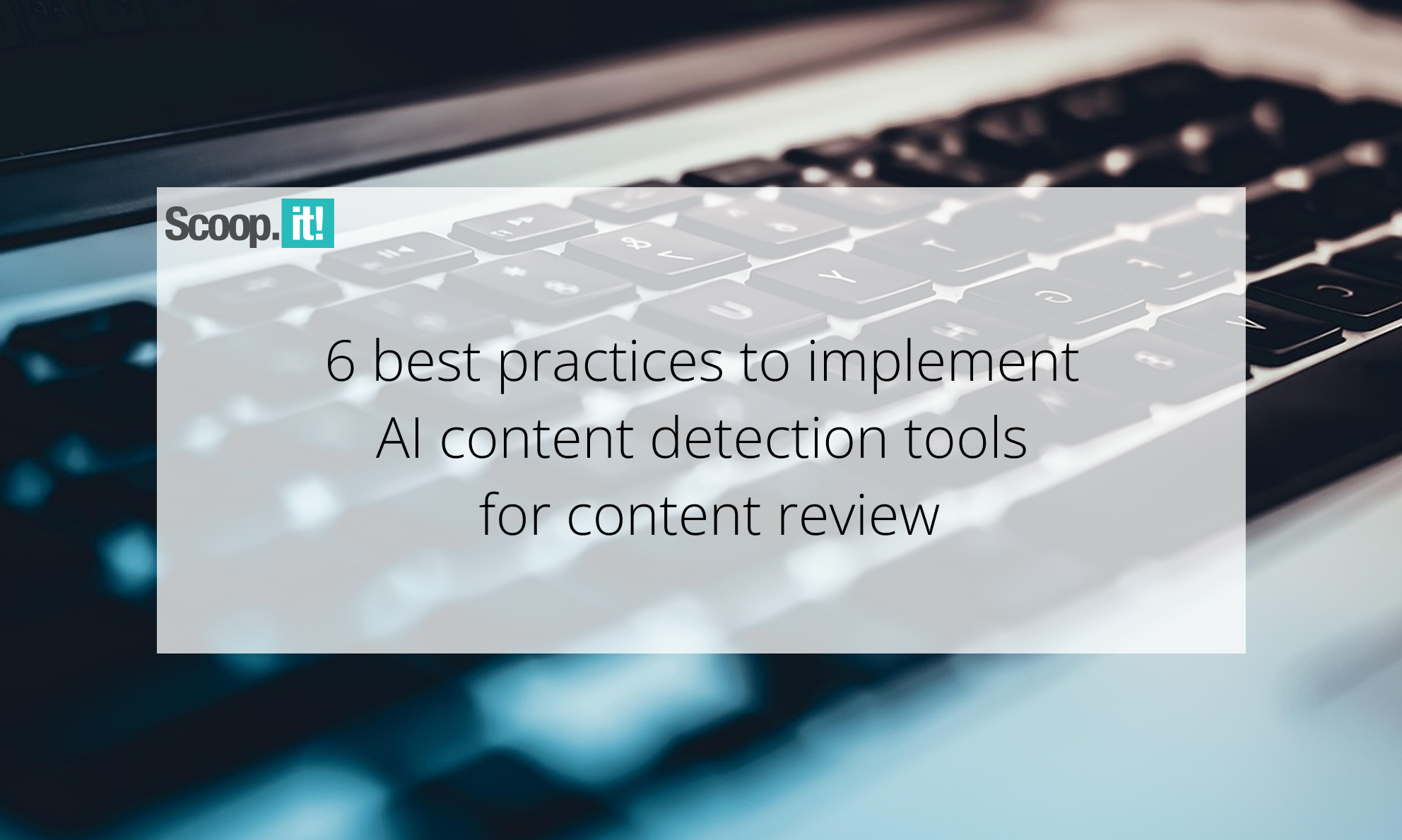
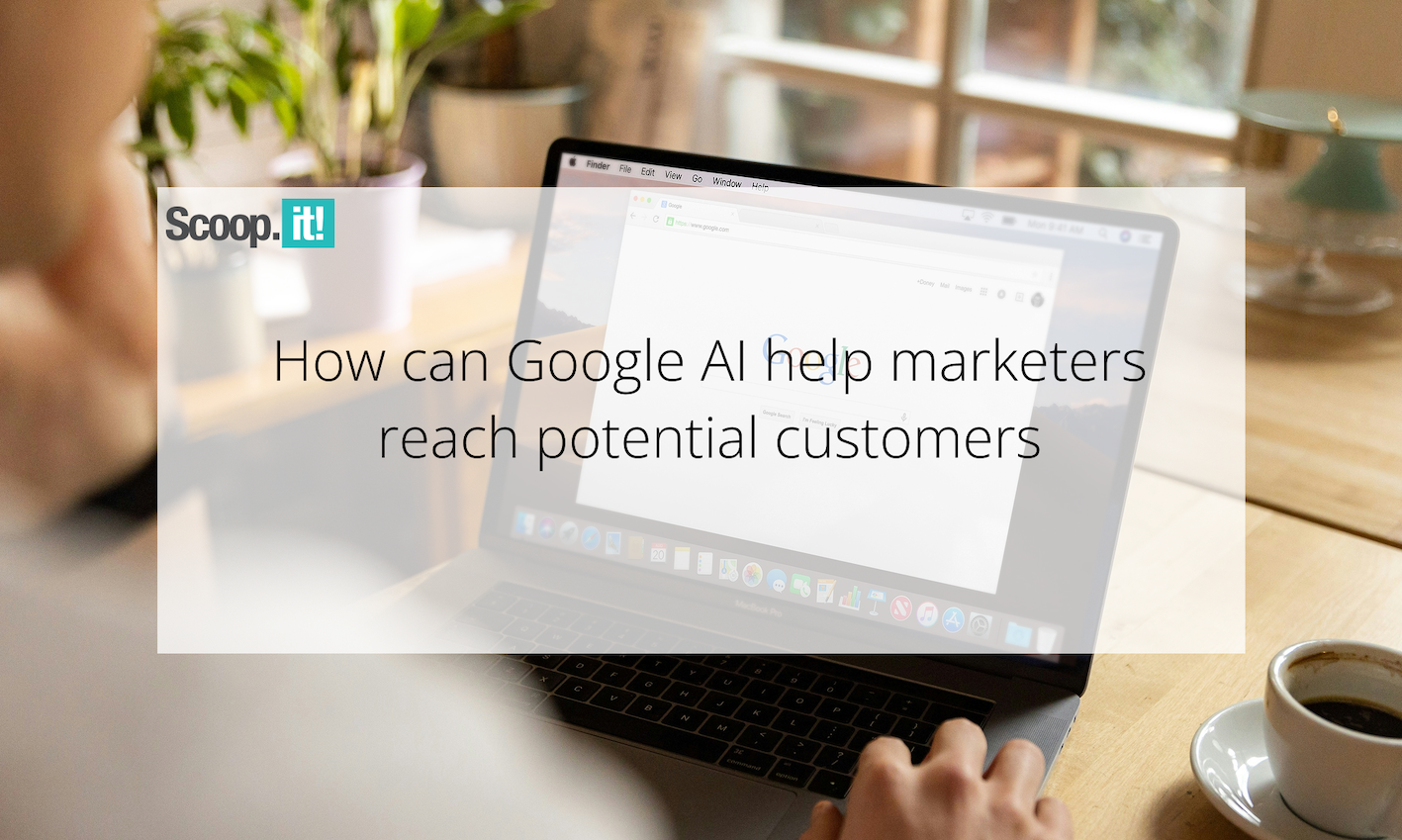
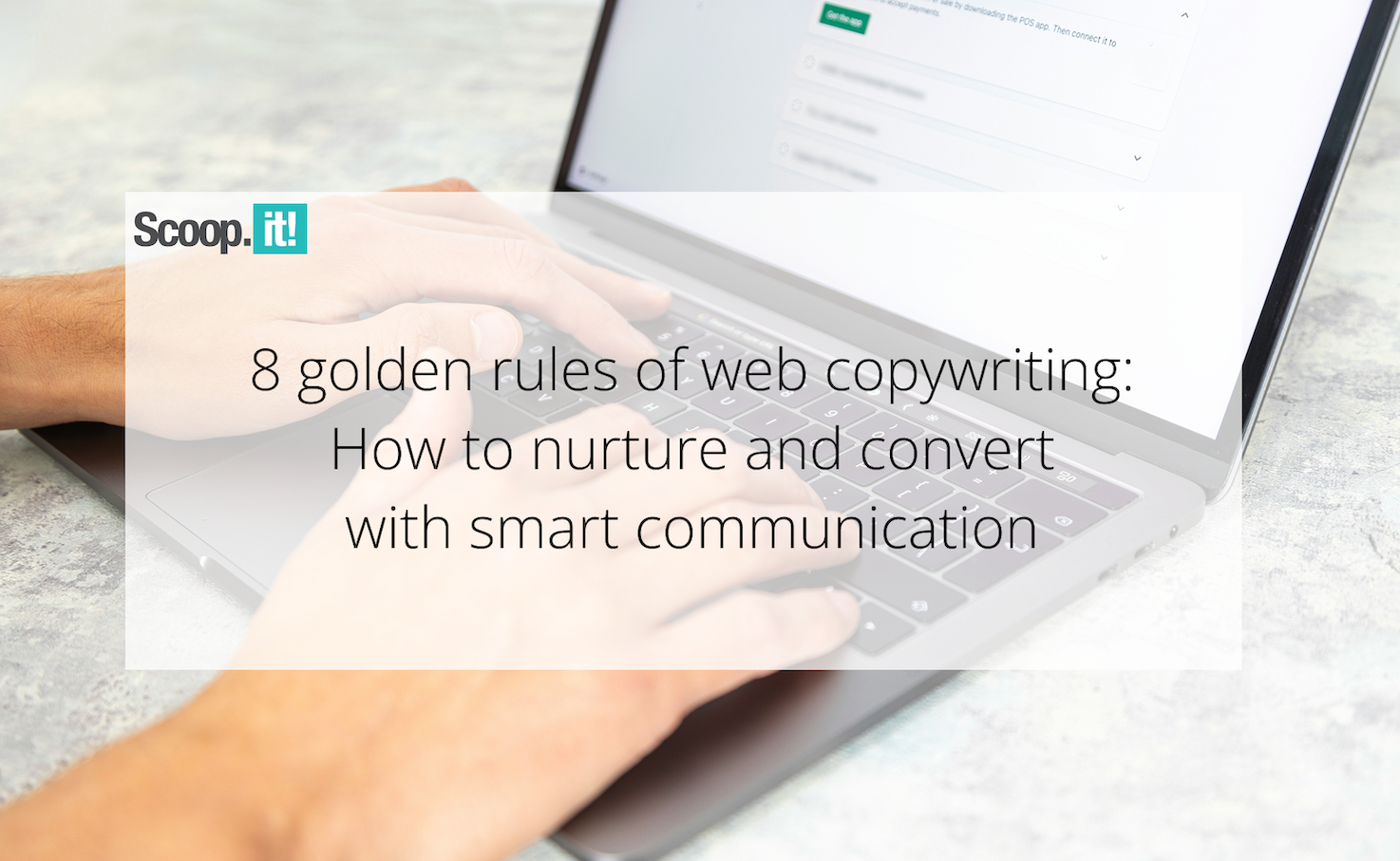
![Building A Digital PR Strategy: 10 Essential Steps for Beginners [With Examples]](https://buzzsumo.com/wp-content/uploads/2023/09/Building-A-Digital-PR-Strategy-10-Essential-Steps-for-Beginners-With-Examples-bblog-masthead.jpg)








